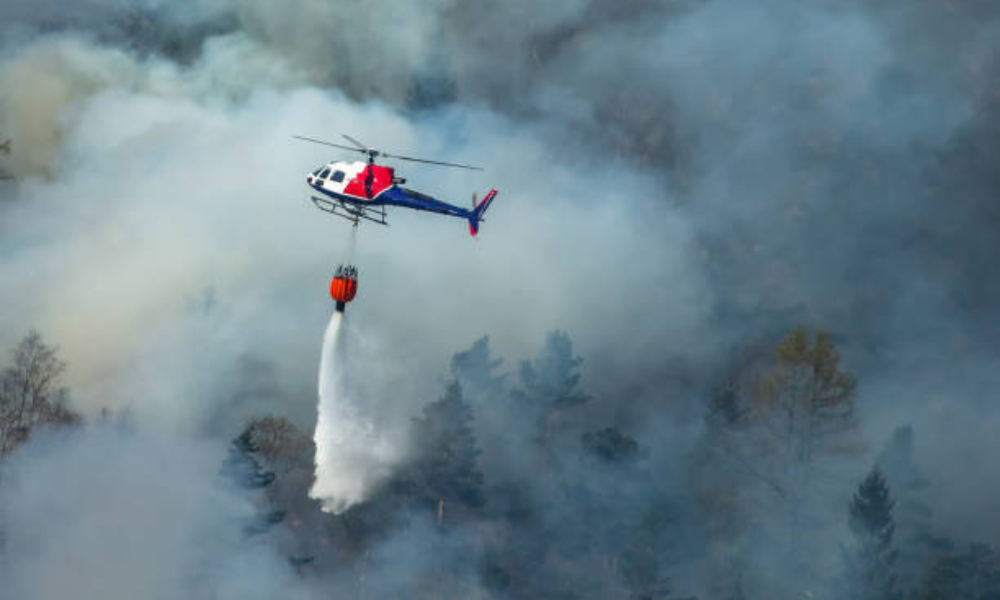Lockton calls for overhaul in firefighting aircraft insurance

Lockton calls for overhaul in firefighting aircraft insurance | Insurance Business New Zealand
Catastrophe & Flood
Lockton calls for overhaul in firefighting aircraft insurance
Demand for such aircraft increases amid rising wildfire threats
Catastrophe & Flood
By
Roxanne Libatique
Scott Smith, head of general aviation at Lockton, has highlighted the growing need to reform how firefighting aircraft are insured as the frequency and intensity of wildfires increase worldwide.
With the impact of climate change making these aircraft more critical than ever, the high cost of insurance has become a significant challenge for operators.
Growing need for firefighting aircraft
Smith noted that demand for firefighting aircraft is on the rise globally as wildfires have increased dramatically in both size and frequency over the past 20 years.
Smith believes insurers in the country must adapt their approach to better support firefighting aircraft operators as the demand for these resources continues to climb.
Risks faced by firefighting aircraft
Smith emphasised that firefighting aircraft, many of which are modified from agricultural planes, face substantial operational risks.
“Originally designed for agricultural purposes, firefighting planes’ robust design has made them a versatile and effective tool to combat wildfires. But it is a challenging task for the pilot and the aircraft due to a combination of high speed, low-level flights, hazards like birds or trees, and difficult terrains,” he said.
Key risk mitigation strategy
To address these risks, Smith said rigorous training for firefighting pilots is essential. Specialised flight academies offer detailed programs that include ground school and simulator-based exercises.
Simulators play a crucial role in helping pilots safely practice emergency procedures and handle difficult scenarios in a controlled setting. These training programs allow pilots to become familiar with their aircraft’s capabilities and limitations, helping them respond more effectively during real firefighting missions.
Smith emphasised that high-quality training is not only important for safety but can also help lower insurance premiums.
“Before a pilot is cleared to operate an aircraft solo, they should complete a set number of hours under supervision, mitigating risk by ensuring adequate experience in both simulated and real-world conditions,” he said.
Insurance costs and potential solutions
Firefighting aviation has traditionally been seen as a high-risk industry, which has driven up insurance premiums for operators. However, Smith believes that insurance companies should reassess how they underwrite these policies, particularly as operators increasingly adopt robust risk mitigation strategies.
“Simulated emergency procedures, real-time scenario training, and data-driven flight analysis all provide underwriters with the assurance that pilots are well-prepared for the hazards they may face. These initiatives address underwriters’ concerns, from pilot performance to aircraft safety culture,” he said.
Lowering insurance costs would not only benefit firefighting operators financially but could also support broader climate adaptation efforts, according to Smith.
He added that firefighting aircraft are critical in protecting communities, ecosystems, and infrastructure from wildfires. From an environmental, social, and governance (ESG) standpoint, insurers can align their practices with these essential services by offering more flexible and affordable insurance options.
Related Stories
Keep up with the latest news and events
Join our mailing list, it’s free!






